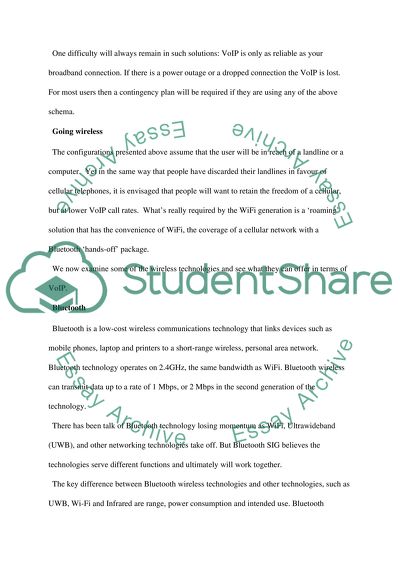Cite this document
(“Wireless technology Essay Example | Topics and Well Written Essays - 1500 words”, n.d.)
Retrieved from https://studentshare.org/technology/1513379-wireless-technology
Retrieved from https://studentshare.org/technology/1513379-wireless-technology
(Wireless Technology Essay Example | Topics and Well Written Essays - 1500 Words)
https://studentshare.org/technology/1513379-wireless-technology.
https://studentshare.org/technology/1513379-wireless-technology.
“Wireless Technology Essay Example | Topics and Well Written Essays - 1500 Words”, n.d. https://studentshare.org/technology/1513379-wireless-technology.


